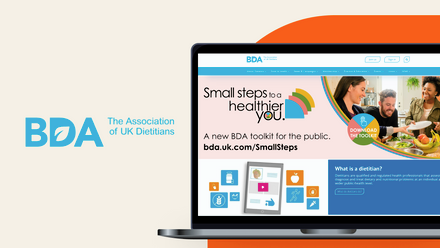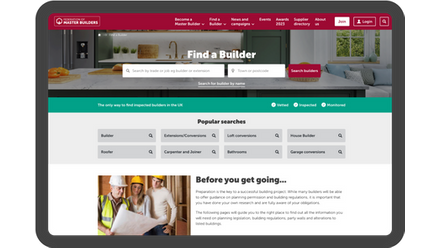Seven tips for planning a custom intranet that delivers
People are still doing some odd things when it comes to their Intranets. For example, making superficial or cosmetic changes like slapping on a logo as a futile attempt to disguise the true nature of a poor product.
Why do people do this? My guesses are because it’s seemingly cheaper, simpler and quicker than sourcing something that is designed for purpose? Too many organisations are treating their Intranet projects in this way.
But, Intranets have changed for three important reasons:
- Employees are spending less time sat in front of a PC in an office, and more time mobile working and using smart devices
- They’re not software or IT-led projects. They’re people-based. The same effort that goes into communication with external audiences via web sites now applies to intranets. This includes understanding the personas of your audience and the user journeys they take
- Users have high usability expectations. They want to be able to find things efficiently, and to feel engaged within their role, department and organisation.
So, downloading an “intranet-in-a-box” style product and slapping a logo on it really doesn’t cut the mustard. You simply can’t do that and expect to succeed.
Here are seven things to remember about an intranet project:
1. Clear Objectives. Not all intranets are the same, so get very clear on what job you what want it to do for you before you start
2. Information Overload. Remember it shouldn’t be a dumping ground for all the information and files you don’t otherwise know what to do with. You might want to start slow and let it grow – especially when it comes to user acceptance and uptake
3. Integrate. Be wary of creating another siloed system with the potential to frustrate users. Does your intranet need to integrate with marketing, sales and other processes?
4. Fun. Without employee engagement and adoption, you don’t have an effective intranet at all
5. Flexibility. Your business will evolve and grow. So, your intranet needs provision to do the same
6. Usability. Do I really need to say it? User experience is KING
7. Maintenance and management. Strike a happy balance between managing the intranet from the top-down while making room for employee contribution and engagement.
We’d love to hear your intranet horror stories, if you’d like to share them!





